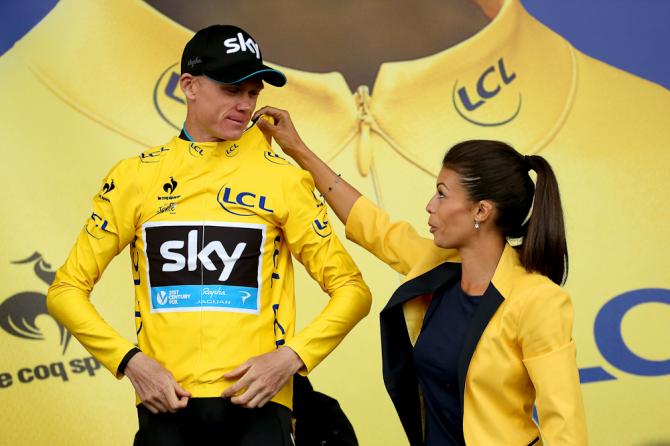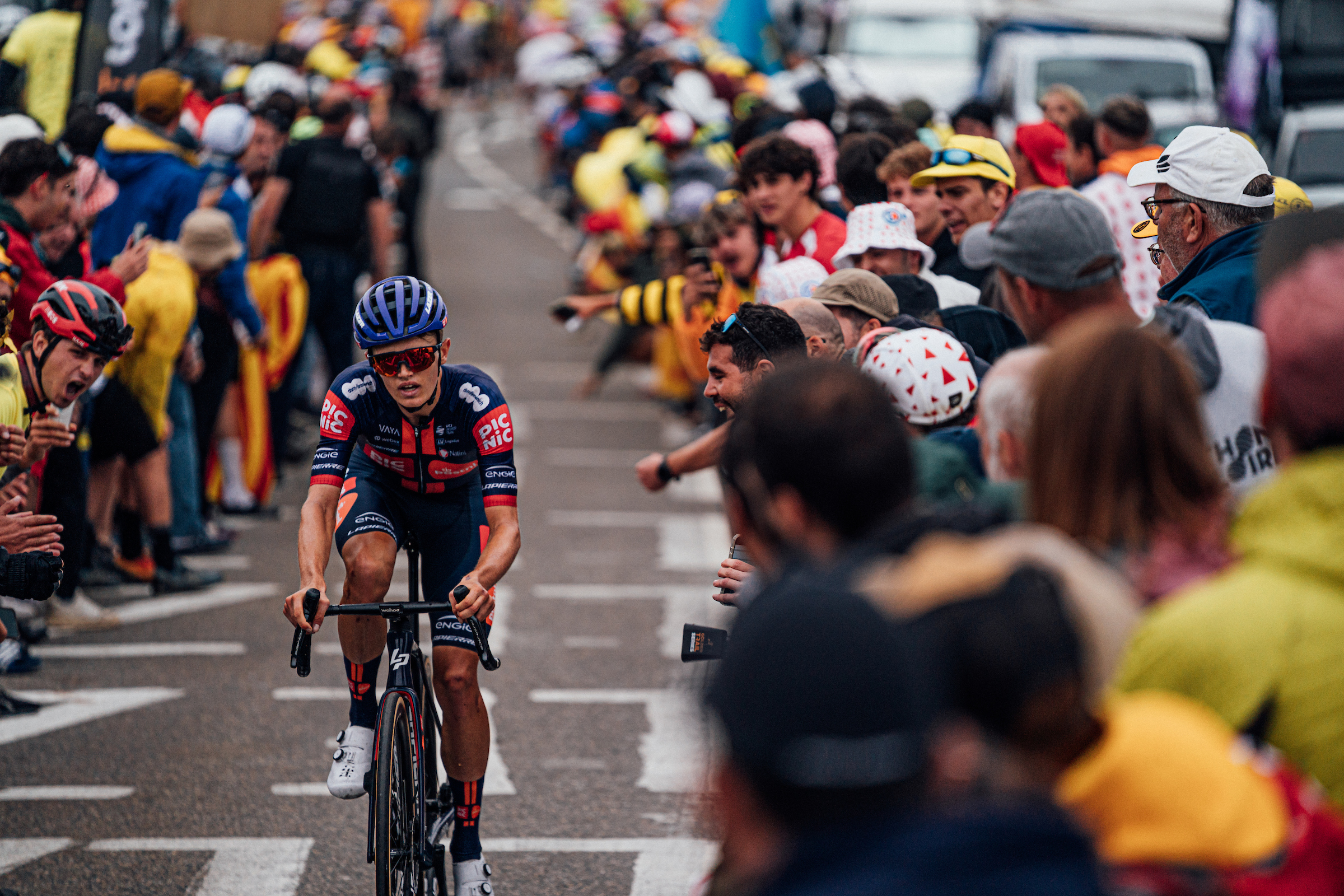A beginner's guide to the Tour de France
Taking you through the format and jerseys of the world's biggest annual sporting event
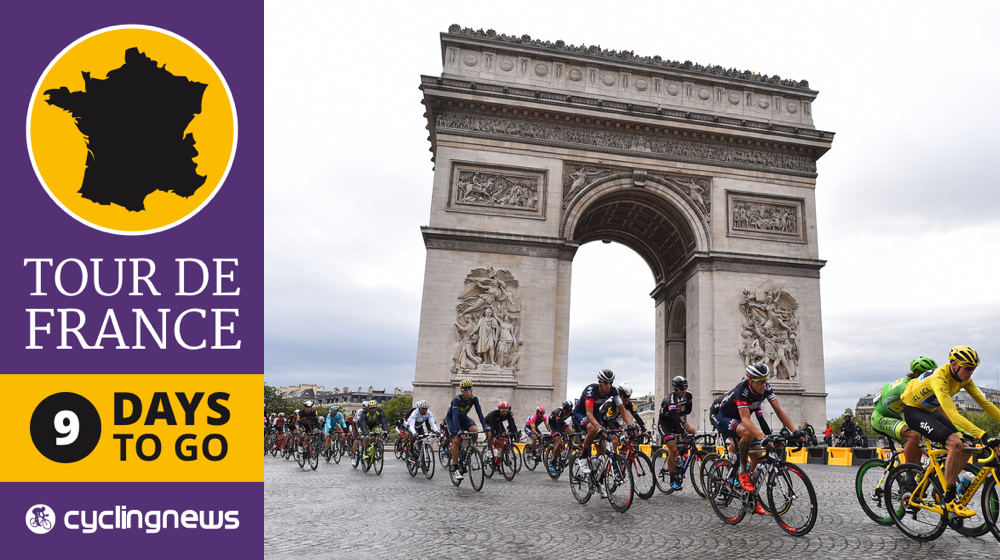
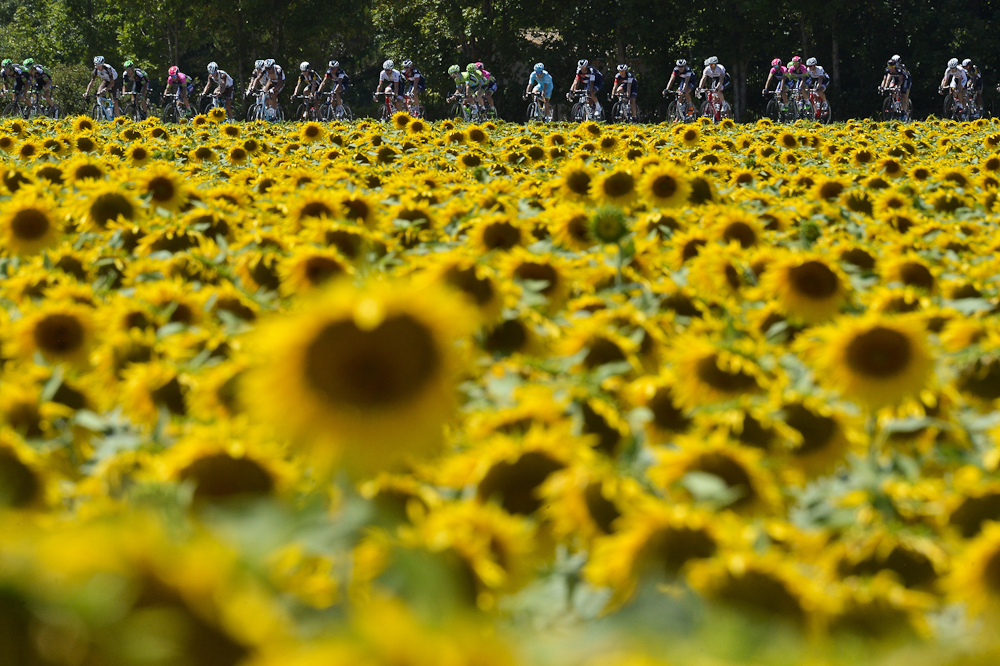
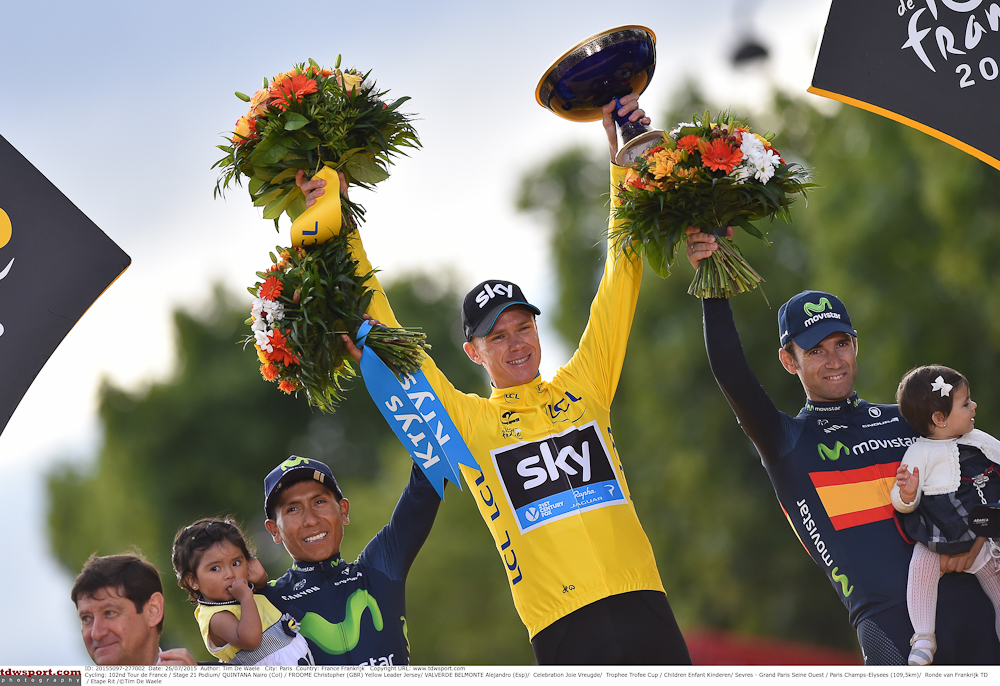
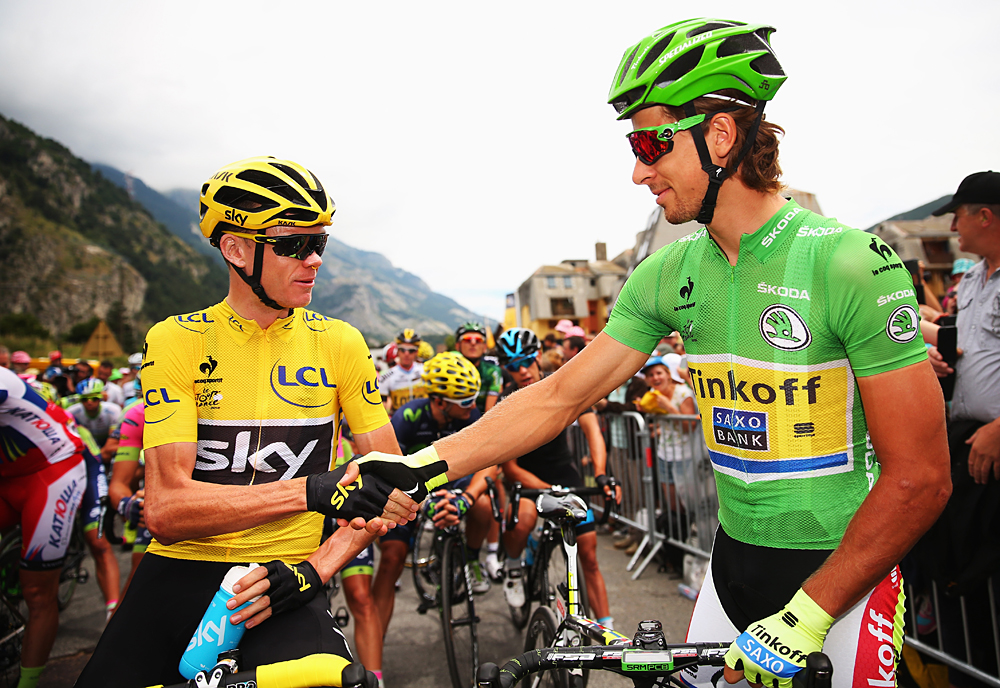
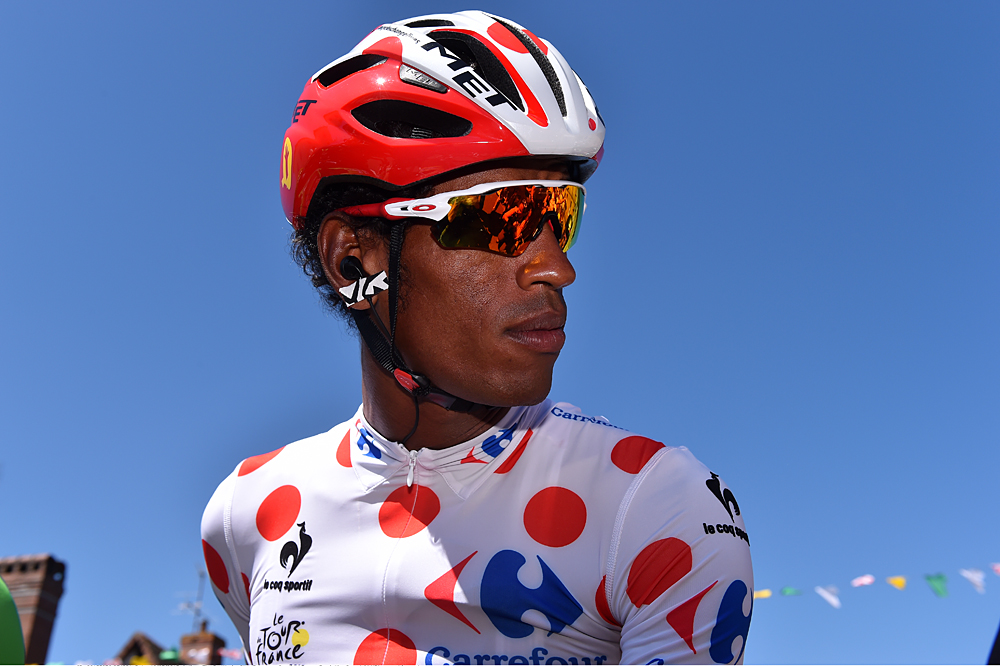
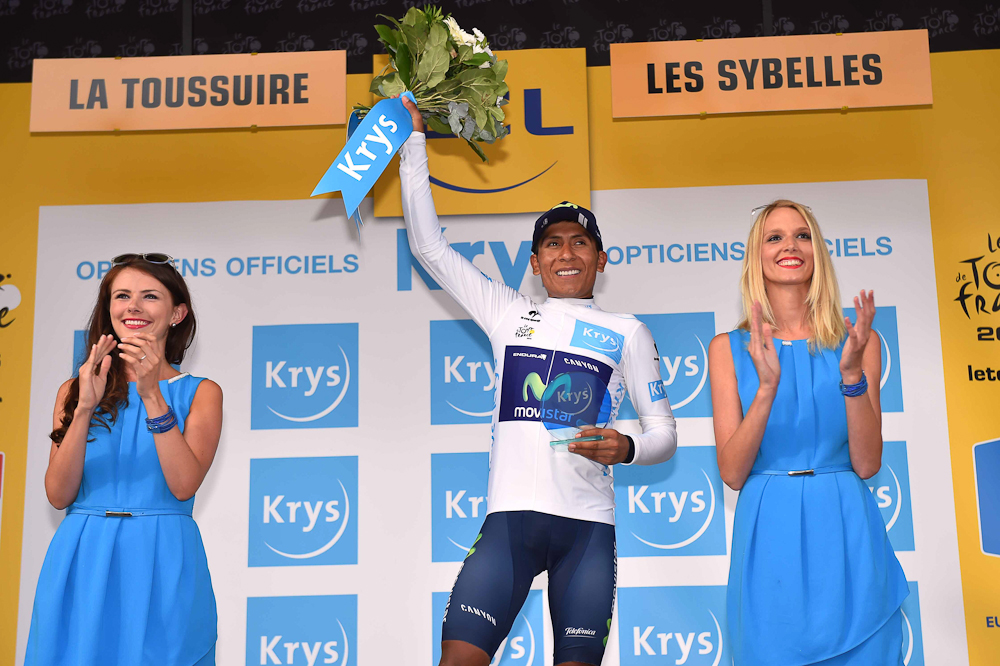
The world's biggest annual sporting event, and the third biggest of all after the Olympic Games and football's World Cup, the Tour de France can legitimately claim to be the world's greatest race. This year, the Tour, which is celebrating its 103rd edition, begins on Saturday July 2 and finishes on Sunday July 24.
The 2016 Tour starts on French soil at Mont Saint-Michel, the UNESCO World Heritage site that has been recently returned to island status after extensive works. The tiny island with its steepling monastery, parts of which date from the 10th century, will provide a spectacular backdrop to the 198 riders from 22 teams as they set off on the opening day for a stage that runs across the Cotentin peninsula in Normandy to finish at Utah Beach, one of the beaches that featured in the D-Day landings in June 1944.
Over the subsequent three weeks, those 198 riders that form the bunch or, as the French call it, the peloton, will tackle a further 20 stages as the race loops around the country for 3,535 kilometres. The Tour de France finishes in Paris on July 24 with a stage that will be just as dramatic as the first, as the riders complete several laps of a circuit based on the Champs Elysées and the Arc de Triomphe.
Like any road cycling race, the Tour de France is effectively a team event for individuals. That is to say that the nine riders on each of the 22 squads compete according to team tactics, but those tactics favour just one or two riders on each of the teams on any given stage.
The biggest prize on offer, the Tour's fabled maillot jaune (yellow jersey), is worn by the rider who has covered the route in the lowest cumulative time. The overall Tour de France champion is awarded the final maillot jaune in Paris. Britain's Chris Froome, who rides for Team Sky, claimed the yellow jersey last year, beating Colombia's Nairo Quintana into second place, with Spain's Alejandro Valverde third. This was Froome's second Tour victory after a previous success the 100th edition of the race in 2013.
There are three other jersey competitions. The green jersey is worn by the leader of the points competition, which effectively rewards the Tour's most consistent high finisher. Slovakia's Peter Sagan has won the green jersey title for the past four years and is the favourite to claim it again.
The polka-dot King of the Mountains jersey is the Tour's most recognisable prize. Hills and mountains are classified into five categories depending on their degree of difficulty, with points available to the first riders to cross them. There are more points on offer on the toughest climbs, known as hors-catégorie (super, or above, category), than on climbs classified between first and fourth category. Consequently, the polka-dot jersey is intended to reward the Tour's best climber. In 2015, Froome claimed this jersey thanks to his dominance or his rivals in the Pyrenees and Alps.
The latest race content, interviews, features, reviews and expert buying guides, direct to your inbox!
The white jersey recognises the race's best young rider. As with the yellow jersey, it is awarded each day to the rider who has covered the route in the lowest cumulative time, although in this case only riders who are aged 25 and younger in the calendar year are eligible. Last year, Quintana claimed this title.
The Tour also recognises the best team at the race. Like the yellow and white jerseys, this prize is awarded to the team that covers the route in the lowest cumulative time, with the time recorded on each stage by every team's three highest finishers counting towards this competition.
Going into this year's Tour, the favourites for the yellow jersey are defending champion Chris Froome, two-time runner-up Nairo Quintana, two-time winner Alberto Contador of Spain, and Italy's newest prospect, Fabio Aru, who is making his debut in the race. They represent Britain's Team Sky, Spain's Movistar, Russia's Tinkoff and Kazakhstan's Astana teams, respectively, demonstrating the global reach of cycling and, most particularly, of the Tour de France.
Peter Cossins has written about professional cycling since 1993 and is a contributing editor to Procycling. He is the author of The Monuments: The Grit and the Glory of Cycling's Greatest One-Day Races (Bloomsbury, March 2014) and has translated Christophe Bassons' autobiography, A Clean Break (Bloomsbury, July 2014).
